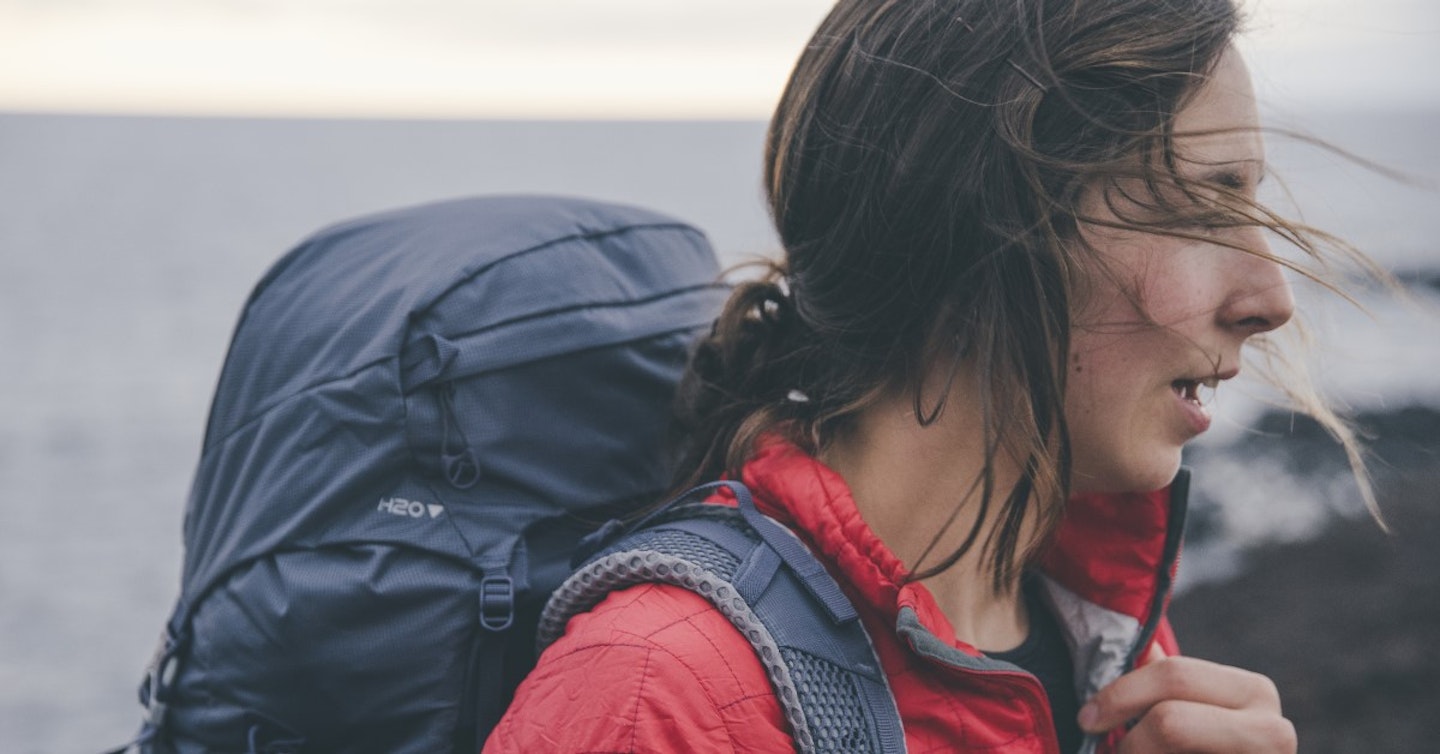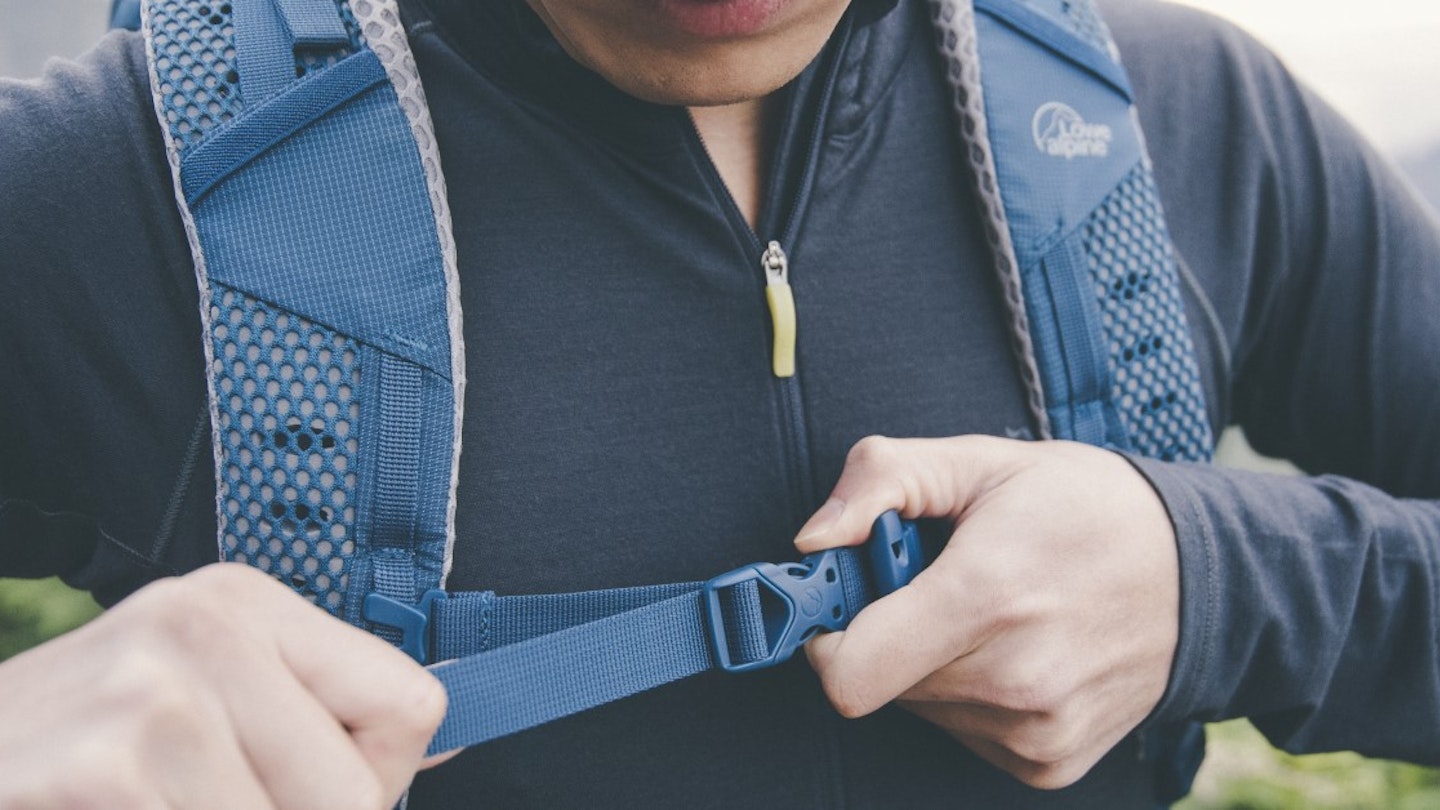Most adventures begin with a backpack. What kit will you need? How many snacks can you fit in the hip belt pockets? But we rarely take time to properly assess the fit before we set off.
Our packs are built with a variety of carry systems, featuring body hugging back panels and foam padding for instant comfort, but it’s crucial to get the finer details right. Strain and friction can easily be avoided by personalising the fit before you get going, especially if you are carrying a heavy load.
Back length explained
Make sure you buy a pack that is suitable for your shape. Many backpacks, especially those designed for trekking and carrying large volumes, will be available in a variety of back lengths or have an adjustable back length. It’s key to know your torso length (not your height) when choosing the right pack.
Measure from your from your C7 vertebrae (the one which sits at the point your neck meets your shoulders), to the point which is level with the top of your hip bone (pop your hands on your hips and measure to your thumbs). You can now adjust the back system on the pack or choose the right size for your back.


Women’s specific backpacks
Women’s specific backpacks are made to fit the female form and are generally made with narrower dimensions. We always recommend you try before you buy however, to ensure you have the right style for your body shape.


7 steps for preparing your pack
We’ve put together a step by step guide to help you fine tune the fit and make the most of your backpack, so you can focus on the trail ahead…
- Load up: Make sure you pack your bag with everything you will be taking to simulate the real weight you will have on the trail.
- Stand up straight and put the rucksack on your shoulders with the sternum strap clipped but loose.
- Buckle the hip belt around your iliac crest (the top of your hip bones) and tighten until it is snug but not uncomfortable. The hip belt should carry the bulk of the weight as they are more stable than your shoulders.
- Tighten the shoulder straps by pulling down on the webbing under your arms until the pack is sitting against your back but not so tight that it starts to take the weight off the hips. The shoulder straps are used to correctly position the pack, not to carry weight. The pack should be centred on your back, not sloping to one side or the other.
- Tighten the sternum strap until secure. This will stabilise the pack on your shoulders as you move.
- Finally adjust the top tensioners found at the join of the shoulder straps and the pack. This will bring the centre of mass closer to your body providing additional stabilisation and keeping the harness in the right place. It is particularly important for larger loads.
- Now you’re ready to hit the trail. Don’t forget the snacks!

Lowe Alpine are partners of the Trail 100 challenge - Trail's definitive list of 100 UK peaks that every hillwalker must climb at least once in their life.
If you sign up for the Trail 100 you'll get instant access to...
• Digital route guides for every mountain
• Your FREE downloadable peak bagging chart
• Full descriptions and stunning photography of each peak
• Two FREE digital mags from Trail magazine to get you started on the UK's ultimate mountain bucket list
• PLUS, we’ll send you a code via email that lets you download a FREE map bundle of your choice from navigation app Komoot.

